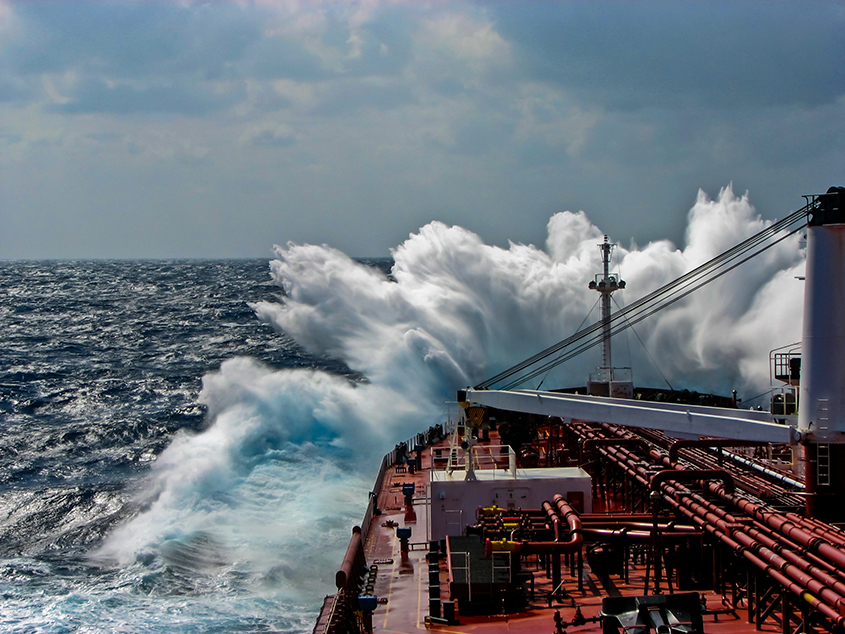
The worldwide economy continues to assess and react to the new financial landscape resulting from the COVID-19 pandemic. We know that there remain many questions unanswered and new ones posed each and every day. We also know, notwithstanding endless speculation in our 24/7, multi-channel news world, that no matter how much we may want, no one body or authority has a clear and reliable economic crystal ball.
The pandemic has taught us that current, continued monitoring, assessment and review, leading wherever possible to flexibility and adaptation, must be key elements of any organisation’s current and post COVID-19 strategy. The international commercial shipping sector is no exception.
Take one element of our modern economy where commercial shipping plays a key part. “Just in time” supply chains are now fully integrated in many region’s economies. Perhaps Europe being the best example. The side effects of many current COVID-19 influenced situations may strongly require, nay even demand, a clear and present practical need to move away from “Just in time”. National and industry-specific government shutdowns of whole economic areas being the most obvious one.
This need alone however, no matter how urgent, may not be enough. In many sectors, even if attempted, the necessary support infrastructure in ports, storage, and non-shipping transport links capacity simply may not exist to support any immediate change in operations. Often no matter how great the need, the practical, on-the-ground realities make any immediate changes impossible. Moreover, it is not unreasonable to expect any government-sponsored infrastructure project to be focused elsewhere. In the short- to medium-term, most governments will be focusing on the more obvious and politically sensitive demands on the public purse, such as health, unemployment and social costs.
While there is always a place of targeted and professional lobbying of central authorities for assistance, each element of the commercial shipping section needs to ensure that sufficient focus, time and energy is invested in its own monitoring, assessment, review and flexibility processes.
The first step in those processes is always a focused review of the relevant existing commercial relationships (e.g. contracts and financings) to identity what current “self-help” options are available. For example, can existing finance be restructured, staff furloughed or tonnage redeployed to more immediate, lucrative or potentially lucrative markets?
For the traditional energy sector (i.e. oil, gas and LNG) reacting to the decreased demand, lower prices and worldwide storage shortage, we are seeing some existing tonnage adopting and developing various floating storage capacities. To make this work, however, as with all shipping sectors, existing chartering, crewing, insurance and berthing arrangements all need to be reviewed (in conjunction with the relevant risk assessments). Once that process is completed, the key amendments and additions to existing arrangements need to be negotiated, documented, and implemented, the aim being to help ensure that all possible legal and commercial risk and opportunities are addressed.
A good example of the successful operation of this process has been the bulk cargo and the more regional ferry, particularly RoRo, fleet. These players have been adapting well to the decreased personal travel revenue streams by ensuring they are maximising the commercial cargo and truck lane capacity – for example, working with key partners such as crew, bunkers, port authorities and service providers to in turn minimise turnaround times and maximise berthing slots and new sailings.
The international container fleet perhaps needs to have the most forward-thinking strategy. The initial drop in Asian export demand has now begun to turn, with certain areas, most notably the PRC, now restarting export production. Here charterers and ship owners, in particular, are focusing on maximising the unexpected benefit of the increased capacity by moving forward key maintenance planning and operations, and also by conducting holistic fleet and relevant medium- to long-term market reviews.
The key aim again is to be able to better react and adapt to the “new normal” earlier than their competitors, for example, accelerated certain scrappage schemes and also actively dedicating certain aspect of their fleets to more long-term chartering arrangements often at significantly lower than expected “spot” market rates, the latter being a financial prudent strategy to help ring-fence at least some portion of their anticipated revenue streams.
Arguably no one in the shipping sector needs to consider its COVID-19 future more than the worldwide cruise industry. Public perception is key here and hence the most proactive lines have already begun to redesign, reconfigure and market their offerings. Practical reconfiguring of accommodation and public areas on board are often key to such plans as well as revising and forward-thinking pricing, reservation, booking and ticketing systems.
In the later areas, the whole shipping industry might take a leaf out of certain international airlines’ new COVID-19 adapted business models. Many such models now include future bookings systems where customers are encouraged to book despite any continued uncertainty or future worldwide travel restrictions by making them as adaptive and reactive as possible.
Not surprisingly, all areas of commercial shipping are reacting, and continue to need to react, to the current pandemic. Some elements of this process are shared within the industry and some are unique to certain individual sector or sectors. What is common to all is a strategy which contains and follows a proactive monitoring, assessment and review approach. Being flexible and adapting processes, operations and resources will be in the party’s best immediate, medium- and long-term interests.
Keystone Law is a full-service law firm that harnesses technology and modern working practices to deliver value to our clients. Our highly experienced Marine and Shipping team are based internationally and assist all elements of the commercial shipping sector with developing, adapting and implementing their own COVID-19 strategies. For more information, please contact Simon J Murfitt.
This article is for general information purposes only and does not constitute legal or professional advice. It should not be used as a substitute for legal advice relating to your particular circumstances. Please note that the law may have changed since the date of this article.
